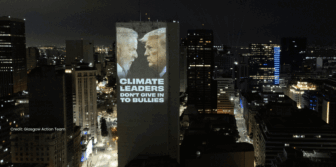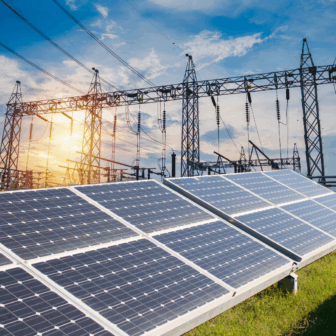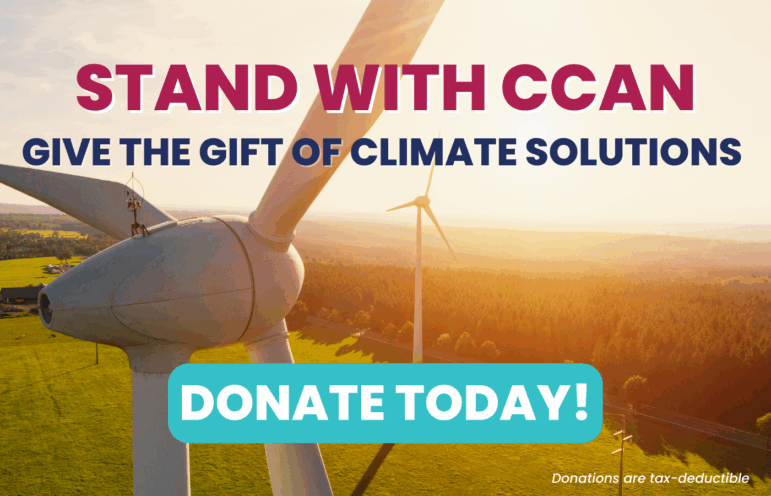Record Dry March, Record Flooding in June, Thunderstorms in January, Power Outages All the Time, Farmers Perplexed, and Everyone's Wondering: What's Up With Our Local Weather?
Welcome to Global Warming in Maryland, Virginia and D.C.
By Anne Havemann
Chesapeake Climate Action Network
www.chesapeakeclimate.org
In 34 years, my parents have never remembered their wedding anniversary. This year, however, as the rained pounded their roof and flooded their basement, they couldn't help but remember their honeymoon.
The 7.09 inches of rain recorded at D.C.'s National Airport during a 24-hour period ending Monday, June 26 is second only to when Hurricane Agnes passed through this region trapping my parents in their honeymoon suite 34 years ago.
Except this time it wasn't a hurricane. It was just severe rain. Unusually severe rain. Rain so severe it lasted nearly two weeks in the D.C./Baltimore region and left 300,000 people without power, killed five people, destroyed huge swaths of cropland, threatened dams, damaged roads and property, and left many long-time residents saying they'd never seen anything like it.
This, of course, followed the driest March on record in our region. Typically March is our wettest month of the year, when the Potomac swells and the aquifers recharge and farmers rejoice. But this year March was drier than the deserts of Arizona. No one can remember anything like this happening either. And this followed a mild winter that included freak thunderstorms in January and February. And all of this follows a pattern of very weird weather in this region dating back to the early 1990s but intensifying in recent years. Ask any farmer in Maryland or Virginia and they'll go on and on and on about the weird weather. Go ahead, next time you're at a farmers market, just ask one of the vendors. They'll tell you all about it.
So here's the question: At what point are we permitted to talk about the 600-pound gorilla in the room? Every week there's a new peer-reviewed study in yet another prestigious scientific journal linking a host of weather-related anomalies to global warming: hurricanes, forest fires, dying coral reefs, droughts and, of course, extreme rainfall. Here's what the U.S. EPA under George Bush has to say about future rainfall patterns in a warmer climate: "Evaporation will increase as the climate warms, which will increase average global precipitation. Soil moisture is likely to decline in many regions, and intense rainstorms are likely to become more frequent" (emphasis added).
And while it's impossible to link any single weather event directly and definitively to global warming, the pattern is unmistakable in our region and across the world. Why is everyone talking about the weather, from recent floods here to Hurricane Katrina in New Orleans? It's because our climate has been radically destabilized by our use of fossil fuels. It's because global warming is happening now. It's happening here. It's all around us. We are fully immersed in the pattern of freaky, harmful, ongoing, anomalous weather right now.
The Washington Post headline on Tuesday, June 27, two days into the recent torrential downpours, announced: "Roads, Rails, Federal Offices Deluged: Floods Swamp Homes, Strand Drivers; Mud Closes Beltway." Two days later the headlines proclaimed: "No Rest for the Wet and Weary: Evacuation Ordered as Relentless Rain Fills Waterways; Some Federal Buildings Remain Closed." Then on Thursday, July 6, a full twelve days after the storms began, the headlines revealed: "Utilities Scramble to Keep Up: 'It's Been a Circus,' Pepco Says of Endless Series of Storms."
Lake Needwood Dam in north Rockville, Md. was deemed unsafe and drained. There were nearly 300,000 power outages in the twelve-day period from June 22 to July 6, completely overwhelming Pepco, the local utility. Even the White House did not escape the damage as a 100-year old American elm fell near the front door.
Perhaps most alarming is the foreshadowing of what global warming might do to our local food supply. Three days of fierce rains in Maryland's Dorchester County, an agricultural area along the Eastern Shore, killed as many as 80,000 chickens and caused as much as $8 million in damage.
The damage to agricultural operations across the Eastern Shore was so devastating, in fact, that the Maryland Emergency Management Agency is compiling estimates to determine whether the state qualifies for federal disaster assistance.
There is, of course, overwhelming scientific consensus that human activity — driving cars that burn gasoline, burning coal for electricity and heating our homes with natural gas — is driving global warming.This tells us two things: 1) that humans are capable of changing the Earth's climate, but 2) that we are also capable of stopping the change.
I, for one, am not ready to resign myself to bailing out my parent's basement every June and I am certainly not able to accept that tragedies wrought by Katrina-like hurricanes are inevitable.
We are surrounded by signs of a changing and unstable climate. Top climate scientists tell us that we have no more than 10 years to reduce greenhouse gases before global warming reaches a "tipping point" and becomes unstoppable.
Ten years is not a lot of time but it IS enough. We created global warming together, now it's going to take all of us working together to end it. What we need is a grassroots revolution demanding radically cleaner cars and a full use of wind farms and "bio-fuels" and a host of other steps. But none of this will happen if you don't get involved today.
To learn more about global warming impacts and solutions in the Chesapeake Region, visit www.chesapeakeclimate.org . Get educated and get involved today!!





